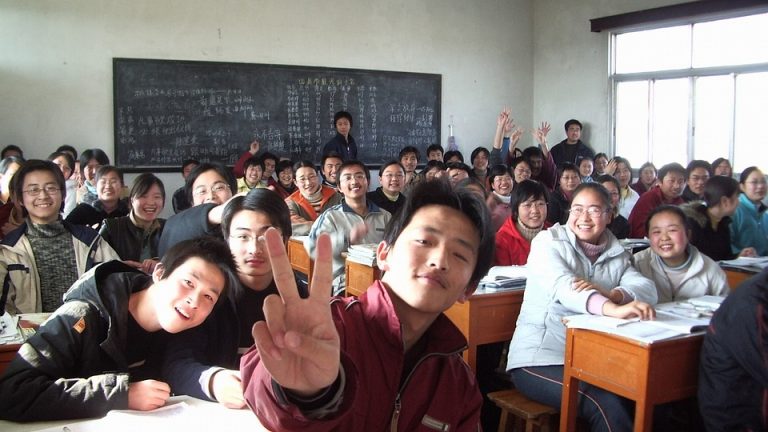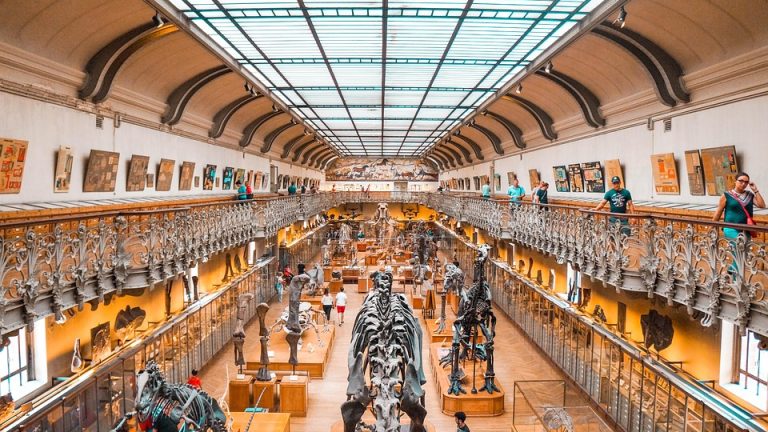Unleash Your Imagination: Fun Drawing Techniques for Kids!
Fri, 31 Oct 2025

Follow the stories of academics and their research expeditions

Math Olympiad: A Global Phenomenon Uniting Young Mathematicians
Every year, millions of students around the world put their mathematical skills to the test in the form of the International Mathematical olympiad (IMO), a prestigious competition that has been a benchmark for excellence in mathematics for over six decades. Also known as Math Olympiad, this event has become a rallying point for talented young mathematicians, fostering a spirit of international cooperation, healthy competition, and intellectual curiosity.
History of the Math Olympiad
The IMO was founded in 1959 by Hungary, Romania, and the Soviet Union, with the aim of promoting mathematical talent and fostering goodwill among nations through mathematics. Since then, the competition has grown exponentially, attracting over 110 countries and nearly 600,000 participants each year. The IMO is recognized by the International Mathematical Union (IMU), the global body for mathematics, and is supported by UNESCO and other international organizations.
Format and Structure
The Math Olympiad is a five-day event, typically held in July. It consists of two stages: the first day is dedicated to the individual Round 1, where students submit written solutions to six problems set by the national teams. The top-scoring students from each country then progress to the final round, consisting of four more problems, with a time limit of three hours.
Themes and Problem-Solving
Math Olympiad problems are designed to test students’ knowledge and problem-solving skills across a wide range of mathematical topics, including algebra, geometry, number theory, combinatorics, and graph theory. Each problem is a masterpiece of mathematical creativity, often requiring innovative solutions and a deep understanding of the subject matter.
Impact and Achievements
Participation in the Math Olympiad has a significant impact on the mathematical development of students, nurturing their critical thinking, analytical skills, and perseverance. Many prominent mathematicians, including Fields Medal winners, began their mathematical journeys through the olympiad. For instance, Sir Andrew Wiles, who famously solved Fermat’s Last Theorem, credits his IMO experiences for sparking his interest in number theory.
Regional and National Competitions
In addition to the IMO, many countries have their own regional and national mathematical competitions, providing a stepping stone for students to participate in the international olympiad. These competitions not only develop students’ mathematical skills but also foster a sense of national pride and accomplishment.
Inspiring Future Mathematicians
The Math Olympiad is more than just a competition – it is a celebration of mathematical excellence and a catalyst for inspiring future mathematicians. As the global mathematics community continues to evolve, the olympiad will remain a powerful symbol of unity, innovation, and intellectual curiosity, shaping the minds of tomorrow’s mathematical leaders.
Conclusion
The International Mathematical olympiad is a beacon of hope and excellence, showcasing the very best of mathematics and the achievements of young minds from around the world. As we look to the future, the Math Olympiad will undoubtedly continue to play a vital role in shaping the next generation of mathematicians and problem-solvers, inspiring new discoveries, and fostering a love for mathematics that will last a lifetime. https://wordpress.ehfworld.co.in/ehf-olympiad-a-new-era-for-european-handball/
Fri, 31 Oct 2025

Mon, 27 Oct 2025

Leave a comment